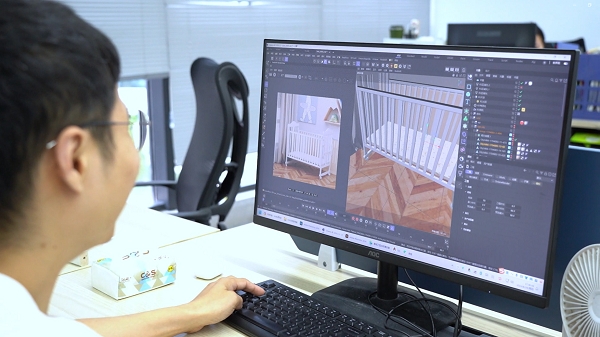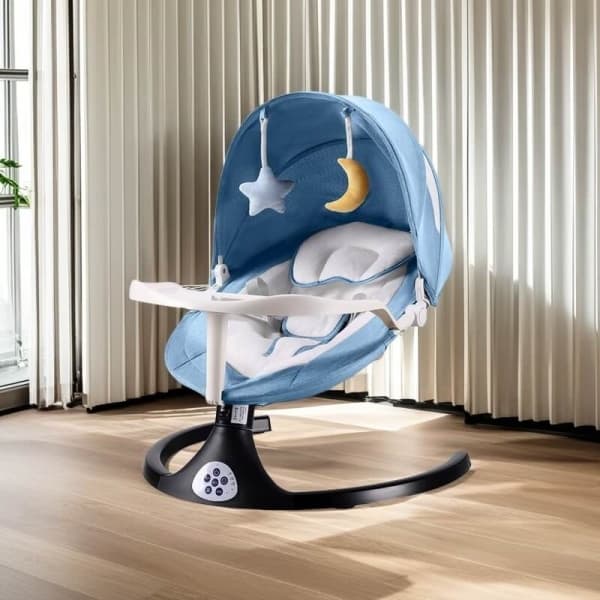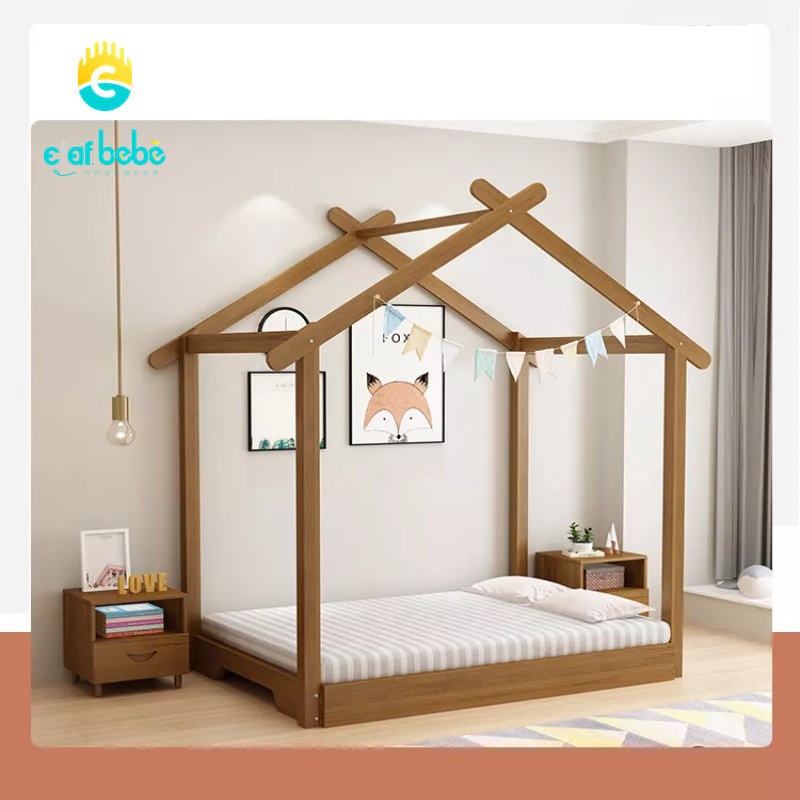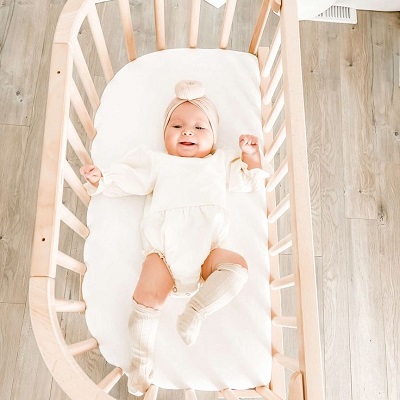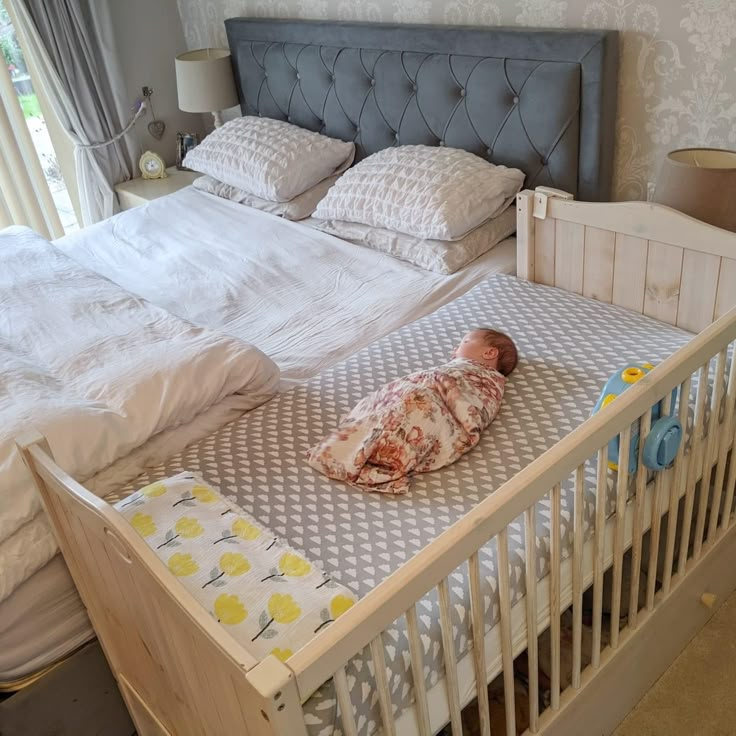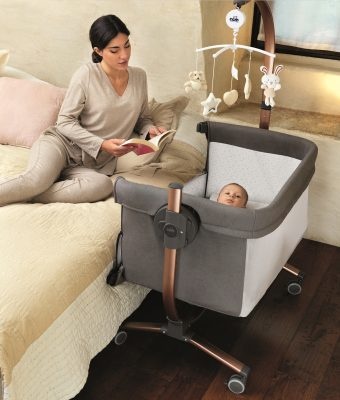Baby swings are modern parenting marvels—soothing, convenient, and often the only way caregivers can grab a moment to breathe. But as helpful as they are, questions linger: How long is too long? Are there risks if my baby spends hours swaying?
The truth is, while swings can be lifesavers for overtired parents, they’re not designed for prolonged use. Organizations like the American Academy of Pediatrics (AAP) caution against relying on swings as substitutes for cribs, carriers, or floor play.
In this guide, we’ll unpack expert-backed guidelines, decode subtle signs your baby needs a break, and explore how to balance convenience with safety.
What Is a Baby Swing and Why Do Parents Use It?
UN altalena per bambini is a cushioned seat suspended on a frame that rocks or sways gently, often with added features like music, vibration, or adjustable speeds. Designed to mimic the motion babies feel in the womb, these devices have become staples in nurseries worldwide. But why do parents rely on them so heavily?
For starters, swings are magic buttons for soothing. The rhythmic motion can calm a colicky newborn, lull an overstimulated infant to sleep, or buy caregivers precious minutes to finish a task. Dr. Emily Parker, a pediatrician at Boston Children’s Hospital, explains: “The gentle rocking triggers a baby’s calming reflex, which is why swings work so well during fussy periods or reflux episodes.”
But convenience isn’t the only draw. Parents also use swings to:
- Encourage independent play: A swing’s mobile or toy bar can keep babies engaged while caregivers step away briefly.
- Support multitasking: Let’s face it—parents need to eat, shower, or tend to siblings, and swings provide a safe spot for babies to stay content.
- Aid digestion: Upright swings can help reduce spit-up in babies with reflux, as noted in a 2022 study published in Pediatric Nursing.
The key takeaway? Swings are tools, not replacements for human interaction, tummy time, or safe sleep spaces. Understanding their role helps parents use them wisely, which we’ll explore in the sections ahead.
How Long Can You Leave a Baby on a Swing? What Experts Say
The million-dollar question for exhausted parents isn’t just “Will this swing buy me 10 minutes of peace?” but “Is it safe to let my baby stay here longer?” Experts agree: moderation is key. While swings are fantastic for short-term soothing, they’re not designed for marathon sessions.
The American Academy of Pediatrics (AAP) advises that babies under 4 months spend no more than 15–30 minutes in a swing at a time, ideally once or twice daily.
For older infants (4–6 months), the limit stretches to 30–60 minutes, provided the baby is awake, supervised, and showing no signs of discomfort.
Once a baby can sit up independently (around 6–7 months), most pediatricians recommend phasing out swing use entirely to encourage crawling and exploration.
Real-world parents often push these boundaries, though. A 2021 survey by Parenting Today found that 43% of caregivers admitted to leaving babies in swings for over an hour daily.
While understandable during chaotic days, experts warn that this habit can lead to dependency. “Babies need varied sensory input,” says Dr. Mitchell. “Constant motion can overstimulate their nervous system or, conversely, make them reliant on the swing to settle.”
Signs Your Baby Has Been in the Swing Too Long
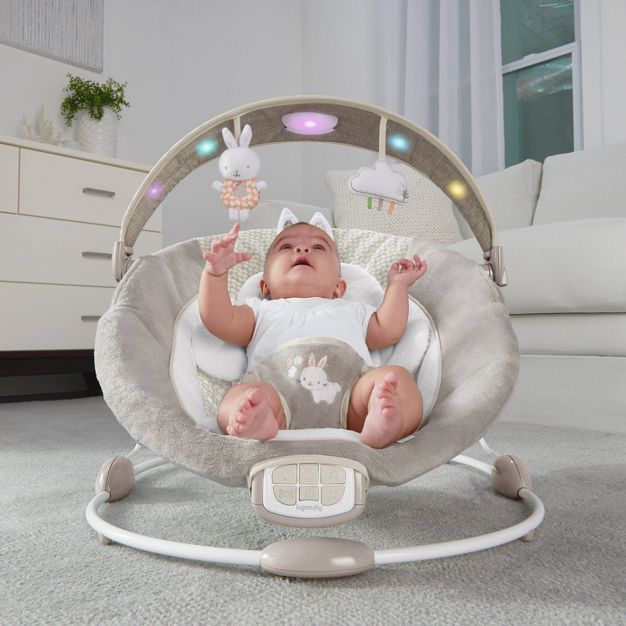
Babies can’t tap out like tired gym-goers, but they do send clear signals when they’ve had enough swing time. Ignoring these cues risks discomfort—or worse. Here’s how to spot the red flags:
The “I’m Over This” Meltdown: If your baby starts fussing, arching their back, or batting at the swing’s harness, they’re not just being dramatic. These are classic signs of overstimulation or physical strain. A happy baby in a swing will be calm or drowsy, crying or squirming means it’s time to switch activities.
The Accidental Nap Trap: Swings lull babies to sleep so effectively that many parents don’t realize the danger. But the AAP is unequivocal: swings are not safe sleep spaces. Their semi-reclined position can cause a baby’s head to slump forward, blocking airflow, a risk factor for positional asphyxiation. If your baby dozes off mid-swing, gently transfer them to a firm, flat crib.
The Telltale “Swing Imprint”: Check your baby’s skin after removing them from the swing. Red marks from the harness or seat are a sign they’ve been confined too long. Pressure points can restrict circulation. If you see indentations or redness, shorten future sessions.
The Risks of Overusing a Baby Swing
Baby swings are like caffeine for new parents—they offer a quick fix during exhausting days. But just as too much coffee can lead to jitters, overusing a swing can have unintended consequences for your little one.
Positional Asphyxiation
Swings often place babies in a semi-reclined position, which can cause their chins to drop to their chest, narrowing the airway. This subtle tilt might seem harmless, but it’s a leading factor in positional asphyxiation, a condition where breathing is blocked without obvious signs of struggle.
A harrowing 2019 report by the Journal of Pediatrics found that 63% of swing-related infant deaths were due to airway obstruction. “Babies’ neck muscles are weak,” explains Dr. Rachel Cole, a neonatologist. “Even a slight slump can compromise their breathing, especially if they fall asleep unsupervised.”
Flat Head Syndrome (Plagiocephaly)
When babies spend too much time leaning against the swing’s padded seat, pressure on the soft skull can flatten the back or side of the head.
The American Academy of Pediatrics notes that plagiocephaly cases have risen by 60% since the 1990s, coinciding with the popularity of containers like swings and bouncers. While mild cases often resolve with repositioning, severe flattening may require helmet therapy.
Ritardo dello sviluppo
Babies learn to roll, crawl, and grasp by exploring their environment—skills that can’t develop when they’re strapped into a swing. A 2020 study in Infant Behavior and Development linked excessive container use to delayed motor milestones, such as sitting up or reaching for objects.
Hip Dysplasia Concerns
Many swings position babies with their legs hanging down, which can strain developing hip joints. The International Hip Dysplasia Institute warns that prolonged sitting in devices that don’t support the “M-shape” (knees higher than hips) increases the risk of hip displacement, particularly in infants with a family history of the condition.
Dependency on Motion
Some babies become so accustomed to the swing’s rhythm that they struggle to self-soothe without it. “I’ve seen toddlers who still demand motion to fall asleep,” shares Dr. Cole. “This dependency can disrupt sleep training and create long-term challenges for parents.”
Age-Appropriate Swing Use: From Newborns to Toddlers
Navigating swing safety isn’t one-size-fits-all—it evolves with your baby’s growth. Here’s how to adapt usage at every stage:
Newborns (0–3 Months)
Time Limit: 10–15 minutes, 1–2 times daily.
Positioning: Use the most reclined setting to protect the spine and airway. Opt for swings with head support.
Why It Matters: Newborns lack head control and tire quickly. Short sessions help avoid overtaxing their delicate neck muscles.
Infants (4–6 Months)
Time Limit: 20–30 minutes per session, up to twice a day.
Positioning: If the baby shows interest in sitting, choose a swing with adjustable recline to avoid slouching.
Pro Tip: Pair swing time with interaction. Hang a high-contrast toy overhead and talk to your baby to engage their senses.
Older Babies (6–12 Months)
Phase Out: Once your baby can sit independently (around 6–7 months), reduce swing use to 10 minutes occasionally.
Focus on Mobility: Replace swing time with floor play, crawling tunnels, or push toys. “This is when babies build strength for walking,” says Dr. Simmons. “Containers rob them of that practice.”
Toddlers (12+ Months)
Retire the Swing: Most toddlers exceed the weight limit (typically 25–35 lbs) by their first birthday. Continuing use can strain the device’s mechanics and your child’s posture.
Transition: Redirect their love of motion to safe alternatives like toddler rockers, riding toys, or backyard swings with harnesses.
Domande frequenti
Q: Can I let my baby nap in the swing if I’m watching them?
A: The American Academy of Pediatrics (AAP) says no. Even under supervision, the semi-reclined position of a swing increases the risk of positional asphyxiation during sleep.
Q: My baby has reflux. Is a swing helpful?
A: Short-term, yes. An upright swing can reduce spit-up after feedings. However, the AAP advises against leaving reflux-prone babies in swings for extended periods. Try a baby carrier or hold them upright for 15–20 minutes post-feeding instead.
Q: Are swings safe for newborns?
A: With precautions. Use the most reclined setting, ensure proper head support, and stick to 10–15 minute sessions.
Q: How do I break my baby’s dependency on the swing?
A: Gradually reduce swing time while introducing alternatives like babywearing, stroller walks, or rocking in your arms. Consistency is key.
Q: What is the weight limit for a baby swing?
A: Most swings cap at 25–35 pounds (check your model’s manual!). Exceeding this risks mechanical failure, uneven rocking, or improper support for your baby’s posture.
Q: Baby bouncer vs swing, which is better?
A: It depends on your baby’s needs! Buttafuori are ideal for short-term play or keeping babies upright after feedings. They’re portable and great for smaller spaces. Swings, with their rhythmic rocking, excel at soothing fussy babies or lulling them to sleep.
Conclusione
Baby swings are like that helpful friend who steps in during a crisis—they’re fantastic in small doses but shouldn’t overstay their welcome. As tempting as it is to let the swing handle the heavy lifting, remember: your baby’s development thrives on variety.
Floor play builds muscle, tummy time prevents flat spots, and your arms provide irreplaceable comfort.
Use the swing as a tool, not a crutch. Follow age-based time limits, watch for red flags like fussiness or redness, and prioritize safe sleep practices.

